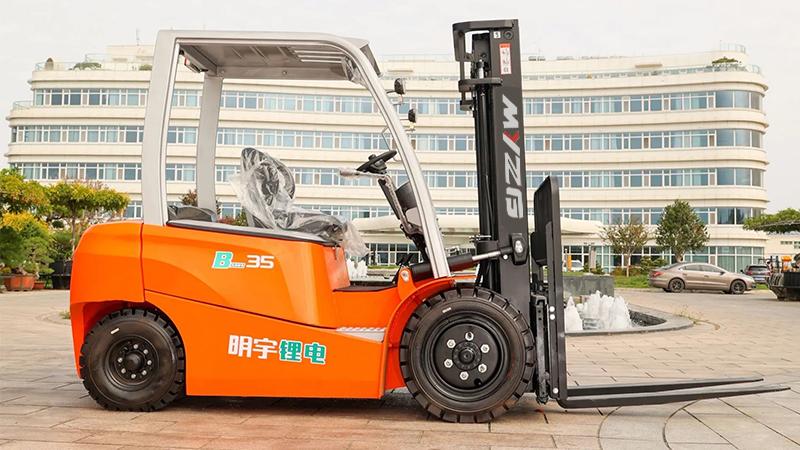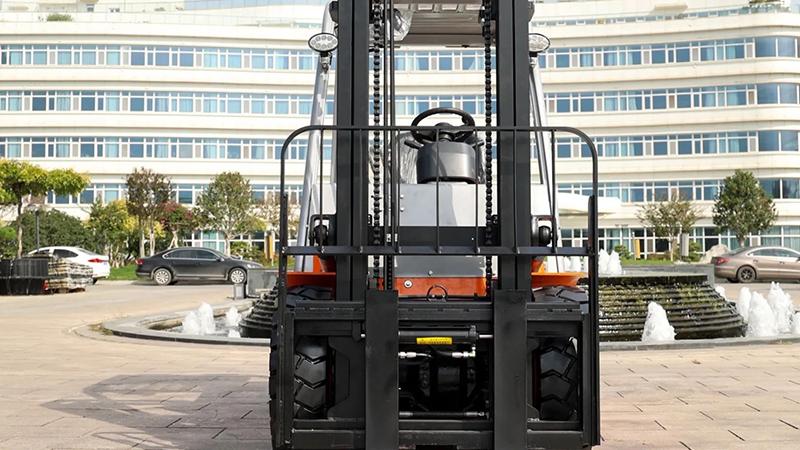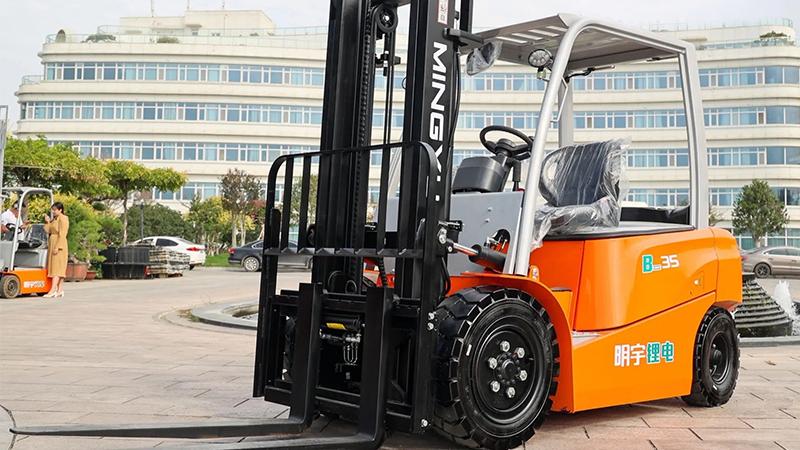The transition towards electric forklifts represents a significant shift in material handling, driven by the pursuit of lower emissions, reduced noise, and decreased operational costs. However, a persistent question often arises among fleet managers and operators considering this transition: can electric forklifts be used outdoors or in the rain? The perception that electricity and water are a dangerous combination leads to understandable caution. Historically, electric equipment was indeed more susceptible to environmental factors than its internal combustion counterparts. Yet, modern engineering has dramatically closed this gap. Today's electric forklifts are not merely indoor machines; many are specifically designed and built to withstand the rigors of outdoor operation and inclement weather, including rain. The answer to the question is not a simple yes or no, but rather a nuanced explanation of design standards, protective features, and the critical importance of proper maintenance and operational protocols. Understanding the technology that enables this weather resistance is key to unlocking the full potential of electric forklifts across a wider range of applications, from lumber yards and construction sites to food processing plants with frequent washdowns.
The cornerstone of an electric forklift's ability to operate in wet conditions is its Ingress Protection (IP) rating. This standardized classification system, defined by the International Electrotechnical Commission (IEC), precisely denotes the level of protection an electrical enclosure offers against solid objects (like dust) and liquids (like water). For an electric forklift intended for outdoor or damp indoor use, a high IP rating is non-negotiable. The first digit after "IP" refers to solid particle protection, while the second digit specifically indicates liquid ingress protection. For example, an IP54 rating is commonly considered the baseline for occasional outdoor use and light rain; it offers protection against dust limited ingress (not total, but sufficient to not interfere with operation) and protection against water splashed from any direction. For more demanding environments, such as regular operation in heavy rain or areas requiring high-pressure washdowns (e.g., food and beverage industries), ratings of IP65 or higher are essential. An IP65-rated forklift is dust-tight and protected against low-pressure water jets from any direction. This robust sealing extends beyond the motor and electrical controllers to critical components like the operator's display, control handles, and battery compartments, ensuring that the heart of the forklift's electrical systems remains safe and dry, thereby preventing short circuits, component failure, and electrical hazards.
Beyond the fundamental IP rating, manufacturers incorporate a host of design features and safety systems to ensure safe and efficient outdoor operation. Traction control systems are vital for maintaining grip on slippery surfaces like wet asphalt or muddy ground, preventing wheel spin and enhancing stability when lifting loads. The choice of tires is also critical; cushion tires are suitable for smooth indoor concrete, but for outdoor use, pneumatic tires (often with deep treads) are necessary to provide the needed traction and shock absorption for uneven terrain. Furthermore, the battery system, being a high-voltage component, receives special attention. Sealed battery compartments with proper drainage prevent water from pooling and contacting terminals. Additionally, advanced electrical systems include built-in Ground Fault Interruption (GFI) or similar protection mechanisms that can instantly detect any current leakage—a potential risk in wet conditions—and automatically shut down power to prevent electrocution. The structural components are often treated with corrosion-resistant coatings or made from stainless steel to combat rust caused by prolonged exposure to moisture. Operator safety is also paramount, with features like waterproof and anti-slip steps, sealed switches, and bright, weather-resistant lights ensuring visibility and safety for the operator in low-light or rainy conditions. These integrated features transform the electric forklift from a fair-weather machine into a resilient workhorse.
However, possessing a forklift with a suitable IP rating and robust features does not grant carte blanche for negligent operation. Strict adherence to manufacturer guidelines and proactive maintenance is the final, crucial layer of safety. Operators must be trained to understand the machine's specific limitations; for instance, while a forklift can handle rain, it should not be deliberately driven through deep standing water that could submerge electrical components beyond their rated protection. Post-operation procedures are equally important. After use in rain or wet conditions, the forklift should be thoroughly inspected and dried, paying particular attention to the battery compartment and connectors to prevent corrosion. Regular maintenance checks must focus on the integrity of seals, electrical connections, and the overall condition of the chassis for signs of rust or wear. The investment in a weather-resistant electric forklift must be matched by an investment in disciplined operational practices and a rigorous preventative maintenance schedule. When these elements are combined—a machine built to a high protection standard, operated by a trained individual, and maintained with diligence—the electric forklift proves to be not only a viable but a superior and safe choice for a vast array of outdoor and wet environment applications, finally dispelling the myth that electric power is confined to the dry, clean warehouse.
Post time:Sep.22.2025



